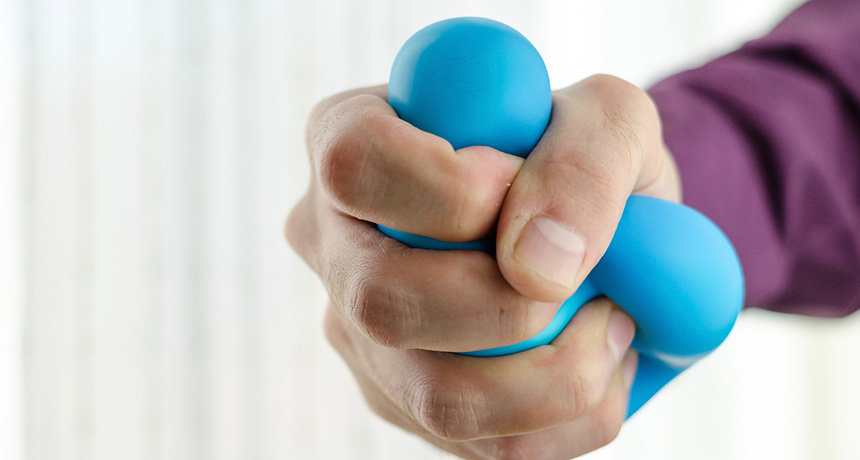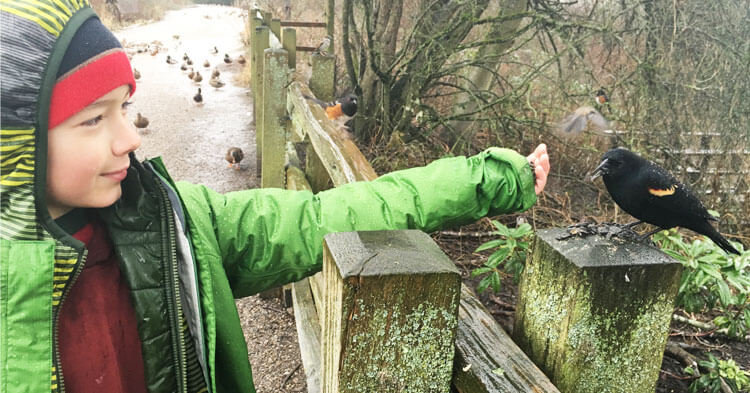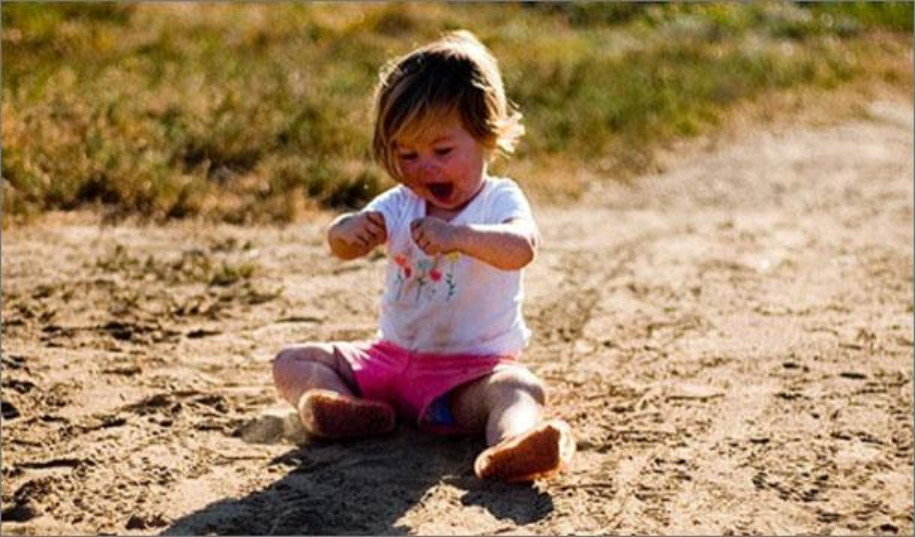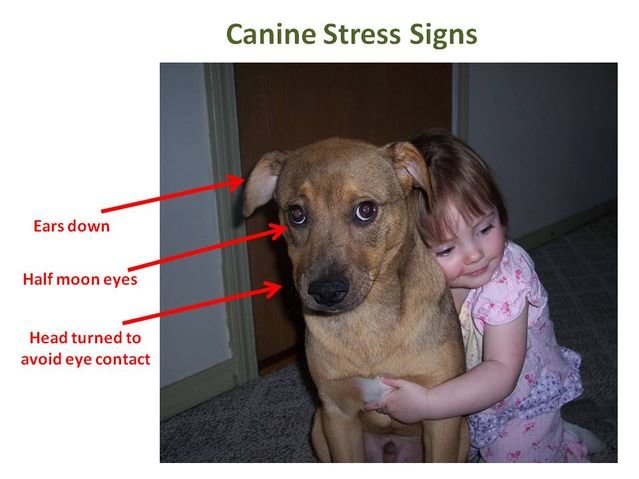
Interviewing for a new job is filled with uncertainty, and that uncertainty fuels stress. There's the uncertainty associated with preparing for the interview — what questions will they ask me? What should I put in my portfolio? And then there's the ambiguity when you're left to stew. Did I get the job? Or did someone else?
Scientists have recently shown that these two types of uncertainty — the kind we can prepare for, and the kind we're just stuck with — are not created equal. The uncertainty we can't do anything about is more stressful than the one we can. The results help show exactly what in our lives freaks us out — and why. But the findings also show a positive side to the stress we feel when not knowing what's ahead — the closer our stress levels reflect the real ambiguity in the world, the better we perform in it.
"There is a bias in the public perception" against stress, says Claus Lamm, a cognitive neuroscientist at the University of Vienna in Austria. But stress "prepares us to deal with environmental challenges," he notes, preparing us to fight or flee, and it keeps us paying attention to our surroundings.












Comment: While having a certain amount of stress may prove beneficial, having clarity of thought and feeling focused is much better. One of the best ways to deal with uncertainty or stresses of many kinds, is with Éiriú Eolas: The stress control, healing and rejuvenation program par excellence. Try the free on-line program and see if it doesn't make a difference.